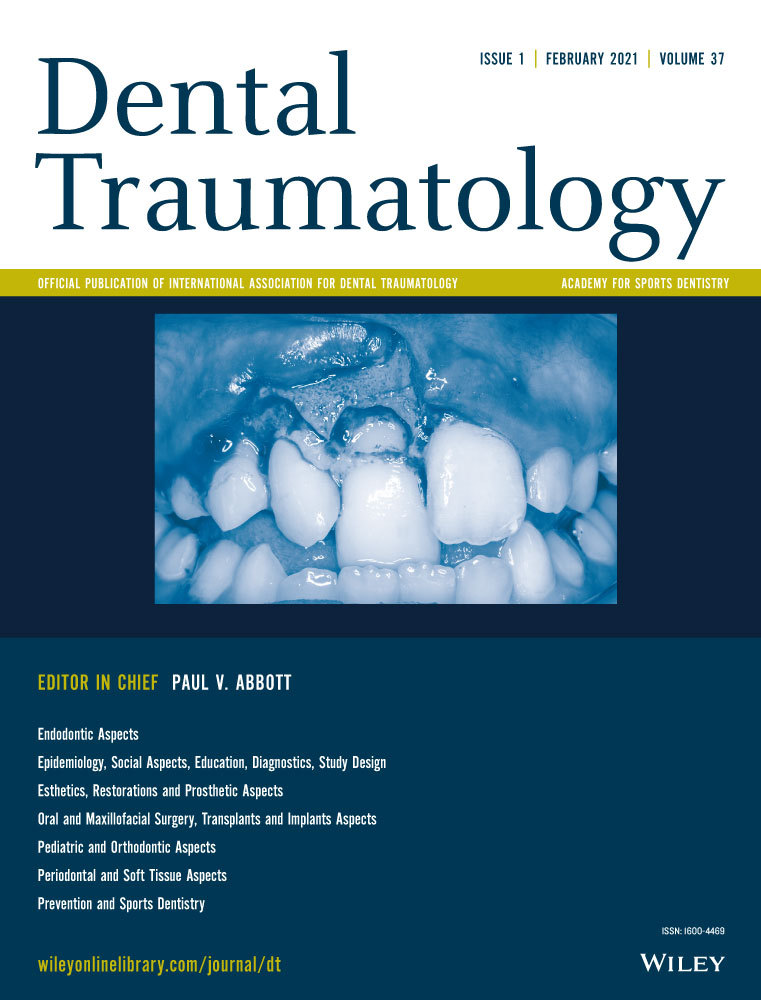The effect of soy and whole milk as a means to store avulsed teeth: A histometric study
Abstract
Background/Aim
An adequate storage medium can help preserve the viability of periodontal ligament cells, favoring the periodontal ligament repair process. The aim of this study was to evaluate the repair process following the delayed replantation of teeth stored in soy milk and whole milk.
Material and Methods
The maxillary right incisors of 27 rats were divided into three equally sized groups: Group SM (delayed replantation with storage in soy milk), whose teeth were immersed in 50 mL of soy milk for 60 minutes; Group WM (delayed replantation with whole milk), teeth were kept for 60 minutes in 50 mL of whole milk; and Group D (delayed replantation with dry storage), teeth were kept in dry conditions for the same period (negative control). Next, the teeth of the animals of all groups were replanted into their sockets. Systemic antibiotics were given to all the animals, and then, they were euthanized after 60 days. Sections were obtained and stained with hematoxylin and eosin for histomorphometric study. The presence and location of acute and chronic inflammatory processes in the epithelial insertion of the protective and insertion periodontium were evaluated, as well as the presence, extension, depth, and repair of root resorption, and the resorption and ankylosis with bone. Statistical differences between groups were analyzed using the Dunn test.
Results
Groups SM and WM showed similar patterns in the repair of the periodontal ligament following delayed replantation, in relation to the inflammatory process in the proximities of the epithelial insertion, inflammation and organization of the periodontal ligament, plus root and bone resorption. However, in group WM, more ankylosis was observed than in group SM.
Conclusion
The teeth stored in soy milk and whole milk had similar periodontal repair, which shows the potential of soy milk as a storage medium before tooth replantation.
CONFLICT OF INTEREST
The authors confirm that they have no conflict of interest.




